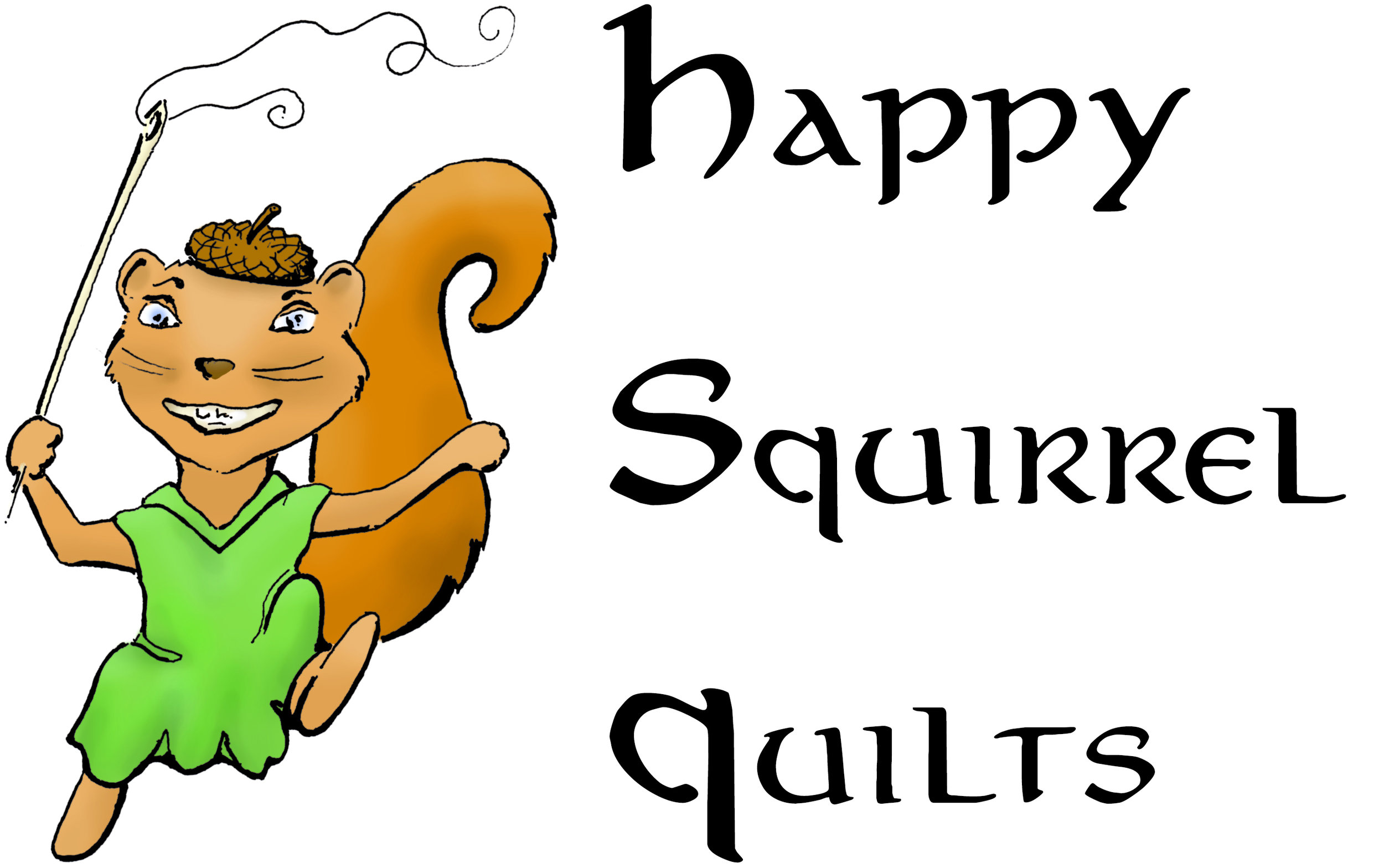This glue resist process can be used to make a panel or patterned fabric (it ends up looking a little like batik) for quilting and sewing. You can also use this process to decorate shirts and other cloth items. This project is quick, easy, and kid friendly.
Supplies:
- White Prepared For Dyeing Fabric or other fabric/piece of clothing (I used about 1/4 yard for all 4 samples) - available at $10.50 a yard from Happy Squirrel Quilts
- Elmer's Washable Clear Glue (comes in clear or blue, NOT white!) - available at most grocery and craft stores
- Fabric Paints or Dyes or watered down acrylics (I used acrylics since I had them on hand) - available at most craft, sewing, and quilting stores
Once you have decided what image or pattern you would like to do begin to draw it with glue onto your fabric. I drew my own image on a piece of paper and then laid that paper under the fabric so I could trace the design with my glue. You could do the same thing with a coloring book page or clip art if you aren't feeling up to drawing. Don't use too much as it will spread as it settles and dries (unless you want that effect!). In Colorado it only took a few hours to dry, but in most places it will take a day or two to dry completely.
After the glue dried I used my watered down acrylics to fill in the spaces between the glued pattern. I decided to go for a stained glass effect, using different colors for different parts of the picture. If you want a batik effect you may consider painting or dyeing the entire piece of fabric just one or two colors. Don't forget to lay down plastic for this part of the project!
I then let the paint dry. Again, here in Colorado it only took a few hours. It will probably take longer in most places. Don't worry if your paint or dye bleeds. That is part of the effect!
Once your paint/dye is completely dry you should soak your fabric in cool water for about 10 minutes. I rubbed most of the glue out with my hands after it soaked. I then put it on a short cycle in my washing machine.
The example on the right in the picture above is a good example of using too much glue. All of the white spaces were once covered in glue. After washing and drying the fabric, I ironed it to prepare if for quilting. If you did glue resist on a finished item such as a shirt you are finished!
I decided to stitch around my glue lines to make my image bolder. I used free motion stitching on my feather weight machine to achieve this effect. If you have different color threads I highly recommend using them to do some additional "painting" on your project. If you love your glue resist fabric just the way it is, I recommend using it to make a bag, piece of clothing, or quilt.
This is my squared up quilt. I still need to bind it, but was excited to share it with all of you! This entire project only took a few hours over two or three days. The process itself is quite easy and would make a great project for kids and adults alike! I'd love to see what you make with this process. If you have any questions about this process or would like to share your project please email me at happysquirrelquilts@gmail.com.
- Happy Squirrel Andrea









